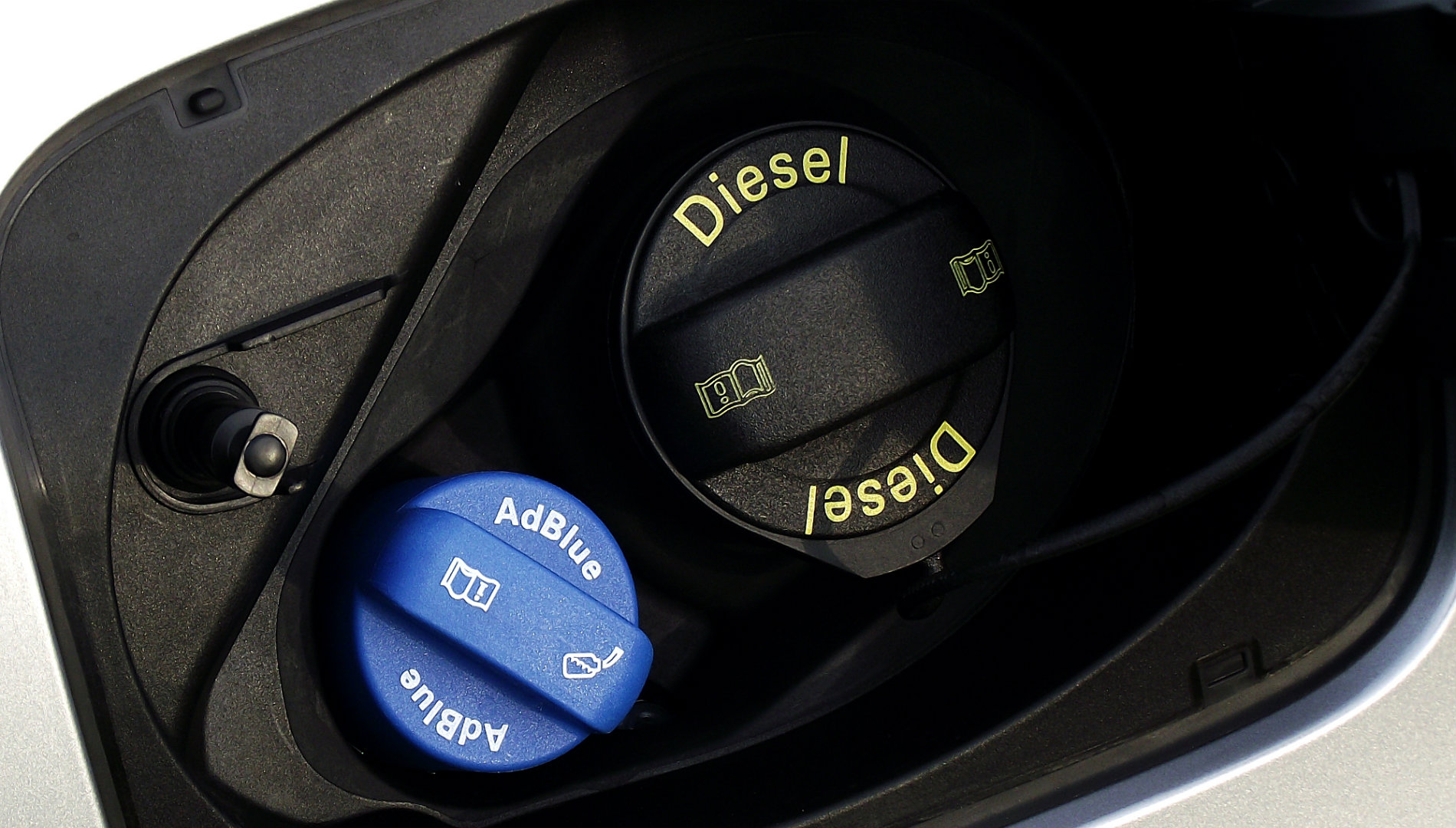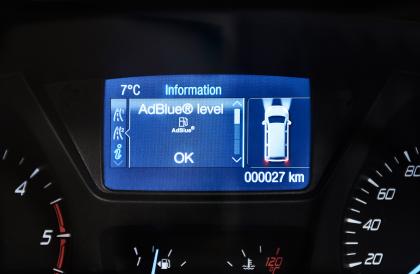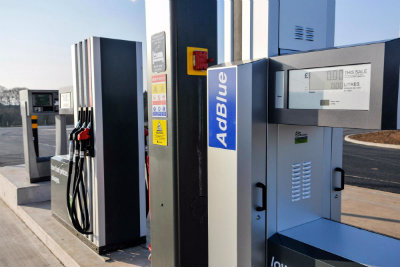When driving only diesel-fuelled cars or vans which are fitted with Selective Catalytic Reduction (SCR), you’ve probably never come across AdBlue – so your first thought is what is AdBlue?
AdBlue is a liquid solution of urea, which serves the purpose of releasing ammonia when it is met by a hot exhaust system which is a catalyst to a chemical reaction – thereby, this converts dangerous Nitrogen Oxide into two harmless products. These being water vapour and Nitrogen.
AdBlue is a liquid solution of urea, which serves the purpose of releasing ammonia when it is met by a hot exhaust system which is a catalyst to a chemical reaction – thereby, this converts dangerous Nitrogen Oxide into two harmless products. These being water vapour and Nitrogen.

Why was AdBlue created?
Diesel engines burn fuel, and it is common knowledge that a variety of polluting compounds and chemicals are released out of the exhaust pipe and into the atmosphere.
The two most common compounds being Nitrogen Oxide and Nitrogen Dioxide, these are also the most harming tailpipe pollutants as they’re the ones that are said to contribute to breathing and respiratory issues in vulnerable people. Secondly, they impact the environment by the build-up in the atmosphere, causing problems like smog and acid rain.
So, how did the automotive industry combat this problem? They created SCR, which is a process involving the eradication of these oxides from the exhaust gas. Although SCR is very effective, it does, however, require small amounts of a liquid solution to be injected into the exhaust – this is where AdBlue comes into the equation.
Diesel engines burn fuel, and it is common knowledge that a variety of polluting compounds and chemicals are released out of the exhaust pipe and into the atmosphere.
The two most common compounds being Nitrogen Oxide and Nitrogen Dioxide, these are also the most harming tailpipe pollutants as they’re the ones that are said to contribute to breathing and respiratory issues in vulnerable people. Secondly, they impact the environment by the build-up in the atmosphere, causing problems like smog and acid rain.
So, how did the automotive industry combat this problem? They created SCR, which is a process involving the eradication of these oxides from the exhaust gas. Although SCR is very effective, it does, however, require small amounts of a liquid solution to be injected into the exhaust – this is where AdBlue comes into the equation.
 What’s in AdBlue?
What’s in AdBlue?AdBlue consists of 67.5% deionised water and 32.5% urea – this is a man-made substance created by exposing synthetic ammonia and carbon dioxide to heat.
What vehicles use SCR?
It has been found that most heavy goods vehicles such as trucks, coaches and buses have SCR technology and AdBlue since 2004 – we know, feels like lifetimes ago! However, today some car manufacturers have been recognised to use it as well, such as Mercedes and Volkswagen.
How to use AdBlue?
Once AdBlue had been introduced for cars, the original plans were for it to be a dealer service item, as there would be a sealed tank, and drivers wouldn’t have to worry about the levels because there’d be enough AdBlue on-board to drive the predicted 10,000 or however many so miles between dealer services.
With tanks differentiating in size from 5 to 20 litres, a mid-size family diesel car can consume a litre of AdBlue every 600 miles, however, this may change depending on how many miles you do, as it will be more frequent for high mileage diesel drivers.
Thoughtfully, car manufacturers have made sure they have a car monitoring system which will record your consumption and give you a series of dashboard warnings as the level drops. Keep in mind, it’s not smart to leave your AdBlue level until the last minute, as you won’t be able to start up your car.
Once AdBlue had been introduced for cars, the original plans were for it to be a dealer service item, as there would be a sealed tank, and drivers wouldn’t have to worry about the levels because there’d be enough AdBlue on-board to drive the predicted 10,000 or however many so miles between dealer services.
With tanks differentiating in size from 5 to 20 litres, a mid-size family diesel car can consume a litre of AdBlue every 600 miles, however, this may change depending on how many miles you do, as it will be more frequent for high mileage diesel drivers.
Thoughtfully, car manufacturers have made sure they have a car monitoring system which will record your consumption and give you a series of dashboard warnings as the level drops. Keep in mind, it’s not smart to leave your AdBlue level until the last minute, as you won’t be able to start up your car.
 When you have to top up the tank, the AdBlue filler cap will be located next to the diesel filler and is sold in containers that dispense without drips. Or, if you have an older car you may find the AdBlue filler caps inside the car or under the bonnet, however, if you can’t find it, your handbook will tell you where to find it.
When you have to top up the tank, the AdBlue filler cap will be located next to the diesel filler and is sold in containers that dispense without drips. Or, if you have an older car you may find the AdBlue filler caps inside the car or under the bonnet, however, if you can’t find it, your handbook will tell you where to find it.We hope you now know what AdBlue is and what vehicles use it, whilst also knowing how to top it up and where it goes in the car. Remember, do not panic – all important information can be found in your car handbook.
For more CarCliq guides click here